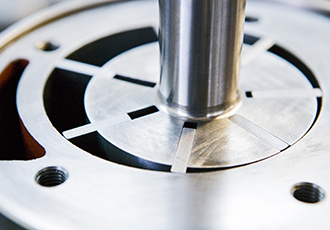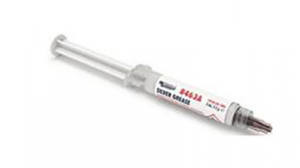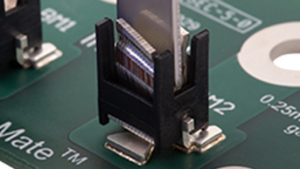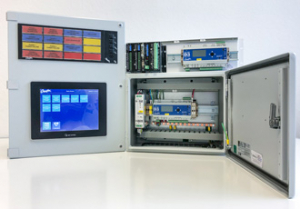Vane vs screw – 5 reasons why vane has the edge

Although screw air compressors account for a large share of the market, vane technology can also save a significant amount of energy, deliver high performance and offer reliability. Here, Mattei explain the top five reasons why vane compressors give screw a run for its money.
Low leakage
‘Blowholes’, where air under high pressure can be driven to areas of low pressure, is inherent in screw compressors. To compensate for these leakage paths, they need to run at high speeds. The design of rotary vane compressors eliminates this issue, which means they can operate at low speeds from a direct drive coupling. This in turn improves energy efficiency and reduces power consumption.
Smooth operator
A rotary-vane compressor comprises a rotor, with slots along its sides which house individual sliding vanes. This assembly is offset within a cylinder, or ‘stator’, and rotates on white-metal bushes. Oil is injected into the stator to form a film on which the vanes slide, sealing clearances between the rotor, stator and end covers. With no direct metal-to-metal contact between the vanes and the internal stator wall, there’s no detrimental wear. In fact, the oil film polishes the various surfaces during use, which results in less friction, and consequently, better operation and reduced energy requirement.
Polished performance
The polishing effect within a vane compressor’s airend means that its efficiency actually improves for the first thousand hours or so and then stays constant throughout the rest of its operating life, whereas typically a screw compressor's efficiency falls away over time as its bearings wear. If a rotary vane compressor is looked after in accordance with the manufacturer’s instructions (which often only require compliance to a standard and a less than onerous servicing regime) the operating life of its airend can easily extend to over 100,000 hours without wear, even in dusty operating conditions.
Bush beats bearings
The absence of roller bearings in a vane compressor means lower maintenance costs and a reduced risk of component failure. In fact, some vane compressors have been known to run for over 200,000 hours without the need to replace the white-metal bushes used in this type of compressor. This poses a serious contrast with roller bearings, which are typically required to be changed out at every 30,000-40,000 hours.
Less hose horrors
Due to the integrated nature of the airend most vane compressors have fewer hydraulic hoses, further minimising the risk of leakage and breakdowns.
Similar articles
More from Mattei
- Vane vs screw – 5 reasons why vane has the edge 23rd October 2017
- Revealing whitepaper to be showcased at RWM 2017 6th September 2017












Write a comment
No comments